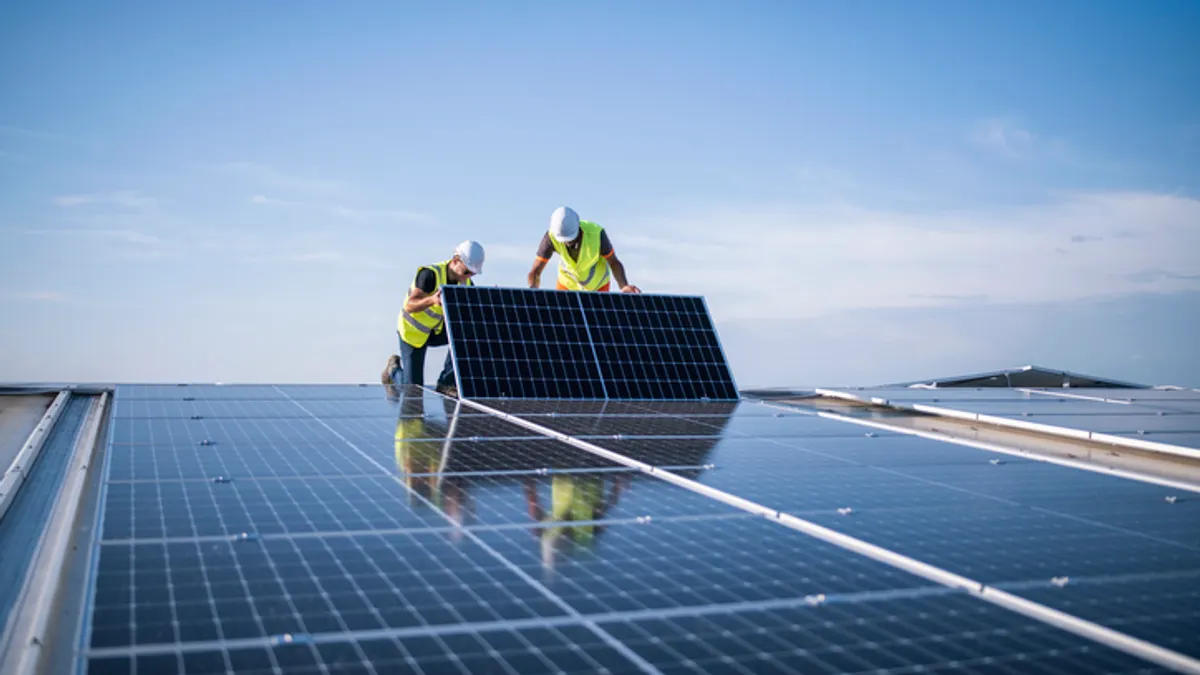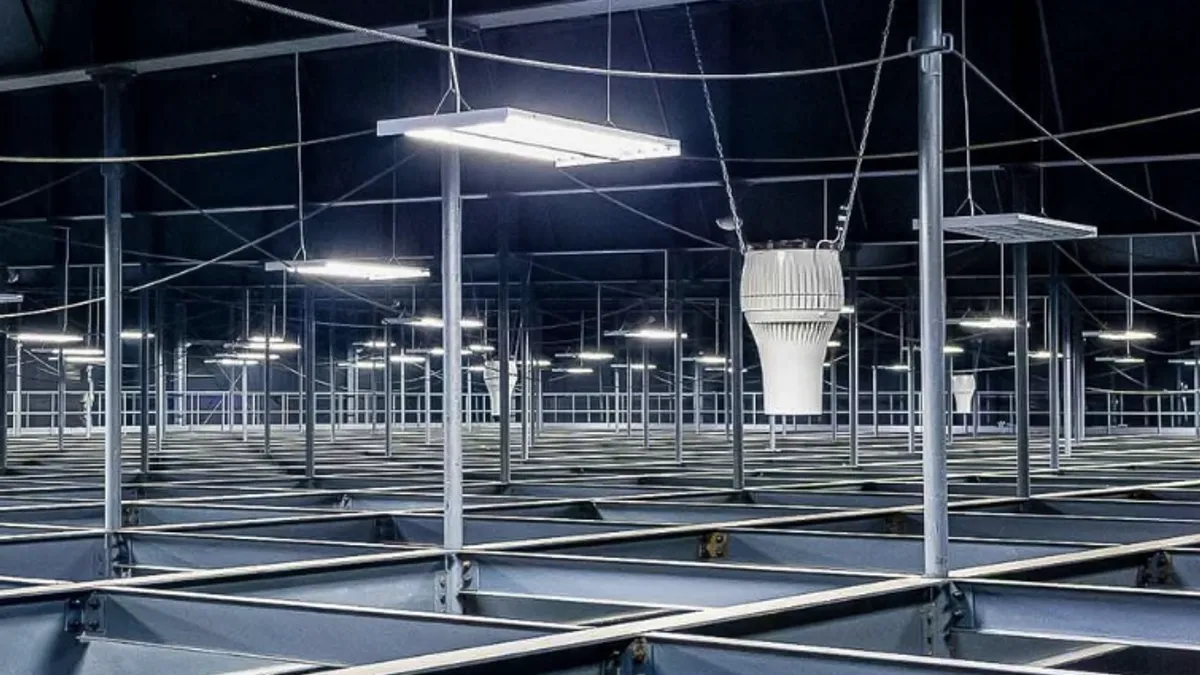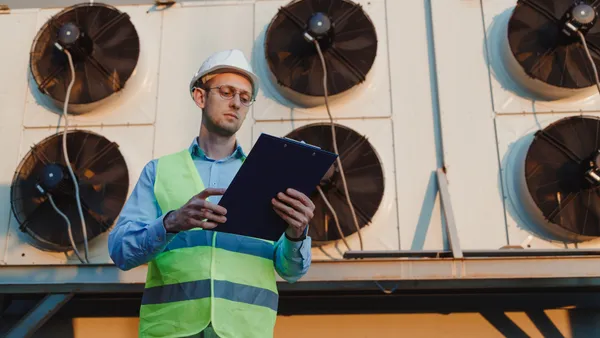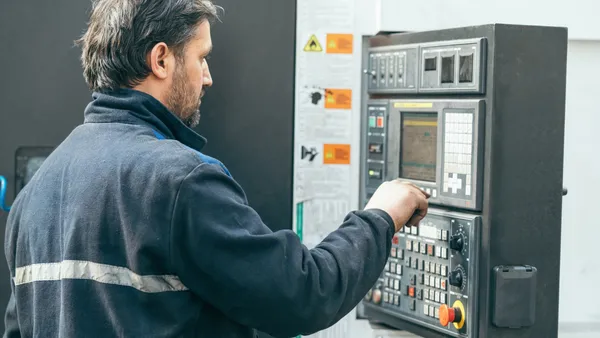Dive Brief:
- Global banking giant HSBC’s venture capital arm joined some of Silicon Valley’s most prominent investors and actor Leonardo DiCaprio in a $70 million fundraising round for Exowatt, a “next-generation” energy company that wants to provide modular, always-on solar power solutions to data centers and other large industrial loads, the company said on April 22.
- The company’s flagship P3 solar solution captures solar energy as heat in a long-duration battery and converts it into electricity on demand, delivering up to 24 hours of power daily, Exowatt says.
- Exowatt expects to deliver the first orders in its 90 gigawatt-hour backlog later this year, it says. “The additional funding will help us accelerate commercialization and deployment of our solution for the data center energy needs and help us scale our manufacturing capacity as fast as possible to address the almost insatiable demand for power from our customers,” Exowatt CEO Hannan Happi said in a statement.
Dive Insight:
Data centers consume vast and increasing amounts of power. The U.S. data center industry accounted for 21 GW of electric load in 2024 and could consume as much as 9% of all power on the grid by 2030, the Electric Power Research Institute said last year.
Customers can install Exowatt’s P3 systems with or without an interconnection to the grid, the company says. By deploying the systems “behind the meter,” without a grid tie, operators may avoid interconnection wait times that have stretched to several years in some parts of the country — getting the power they need to begin operations sooner.
Many data centers seeking faster “time to power,” such as Elon Musk-led xAI’s Colossus Supercomputer facility in Memphis, Tennessee, are deploying hundreds of megawatts of gas-fired generators behind the meter rather than waiting for a full grid connection.
But onsite gas generation is an expensive option, even for price-insensitive customers, Happi said in an interview. Average costs start around 4 to 5 cents per kilowatt-hour and can escalate to 8 cents/kWh or more, depending on the site, he said.
The Exowatt P3 is around 4 cents/kWh but could see its costs fall to 1 to 2 cents/kWh as annual production ramps up to 100 GWh, Happi said.
“That is a very achievable goal, as far as we can tell, [at] not a crazy run rate,” he said.
Exowatt controls its costs in part by relying on U.S. contract manufacturers rather than building its own large-scale production facilities from the ground up, using relatively abundant materials in its products and minimizing supply chain exposure to China, Happi said.
The three-part P3 system combines a solar energy collector, thermal battery and heat engine. The collector’s optical lenses direct concentrated solar energy into a proprietary energy storage material that can dispatch it on demand as electricity or heat, Exowatt says.
“The way you explain it to a five-year-old is it’s a giant magnifying glass that makes a rock very hot, then you cover it with a blanket to keep it hot” until you need the energy again, Happi said. Exowatt’s lenses are much more efficient than traditional solar panels, and the system’s overall efficiency is 35% to 40% of the initial energy input, in line with top-of-the-line gas generators, he said.
Exowatt’s technology can provide around-the-clock power in regions with adequate sun exposure, including much of the southern and western United States, Happi said.
In contrast, lithium-ion batteries — the fastest-growing energy storage technology on the grid today — have a “sweet spot” of two to four hours per discharge cycle, according to renewable energy developer Enel.











